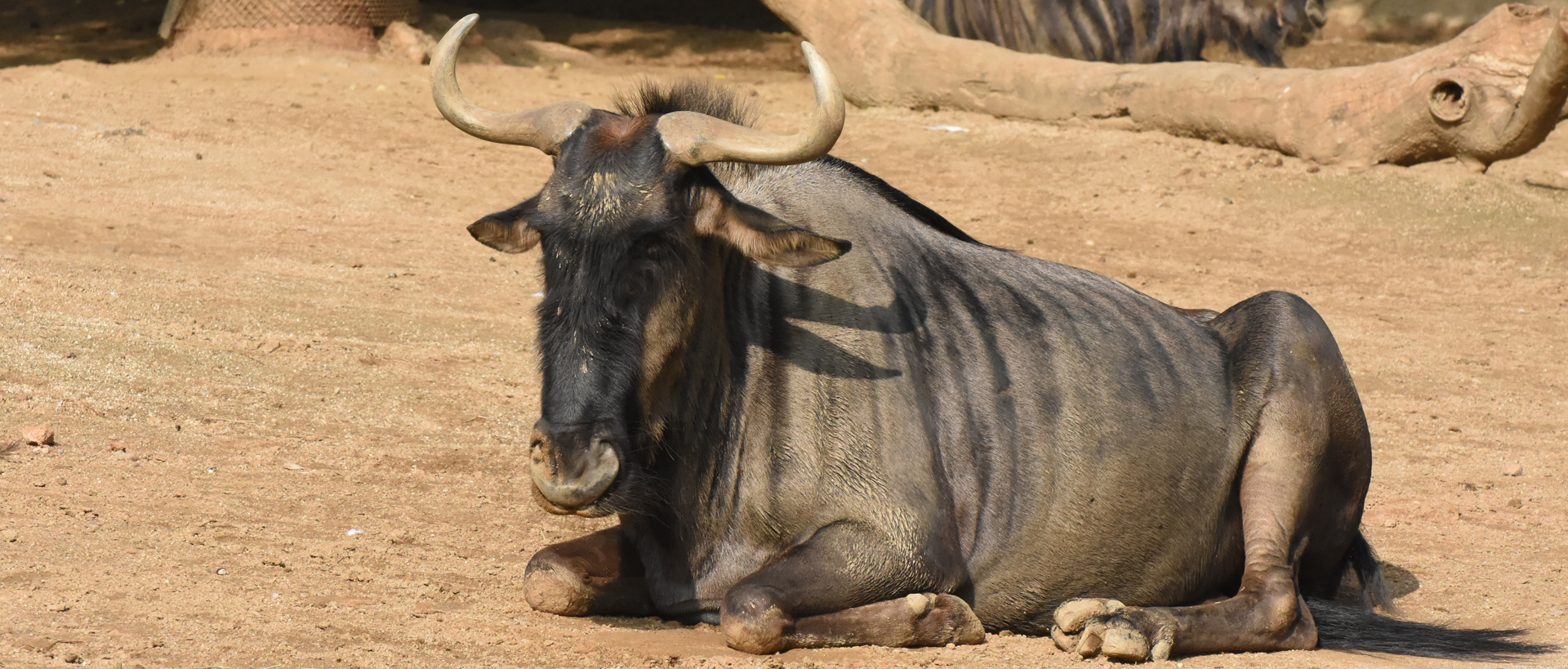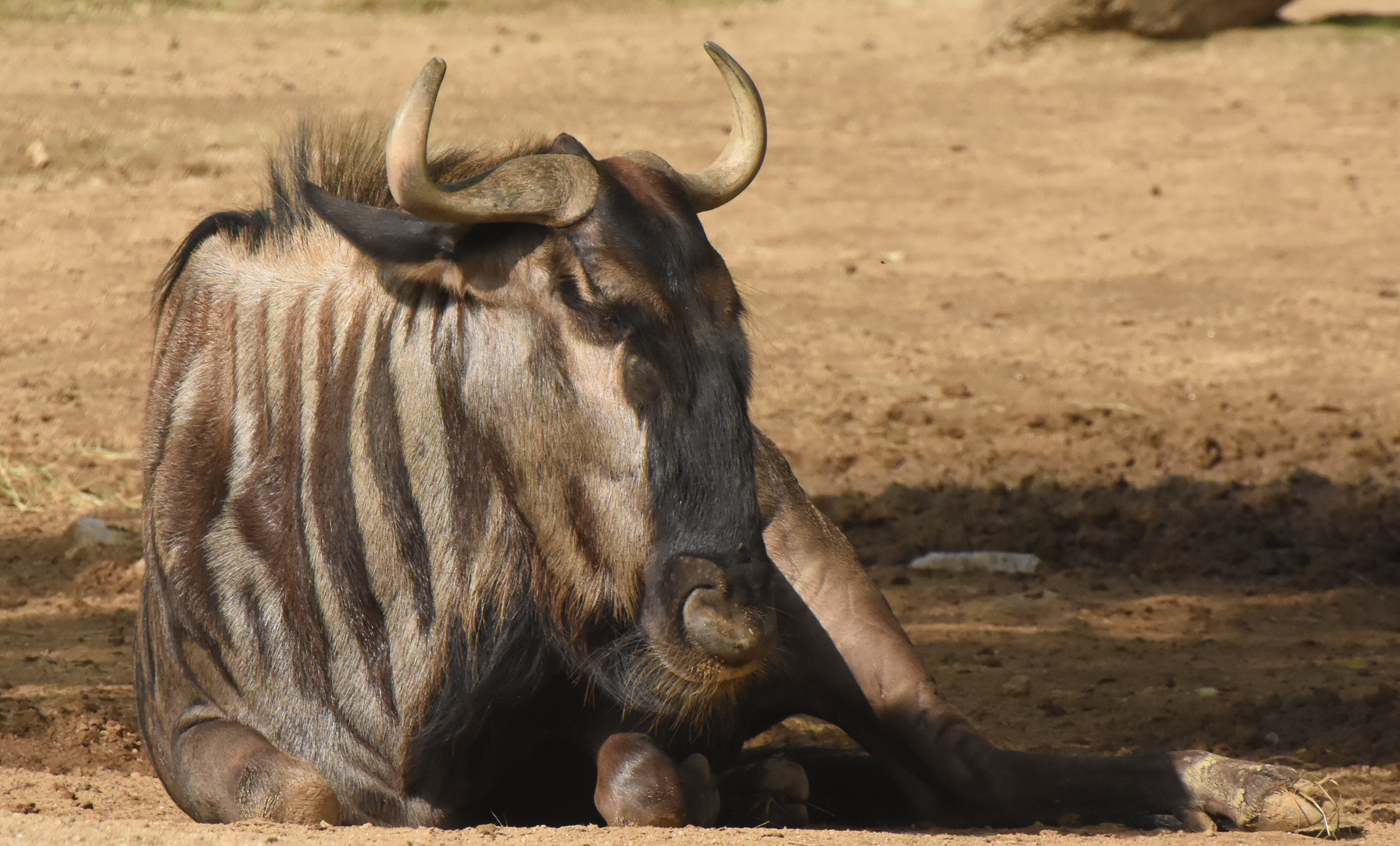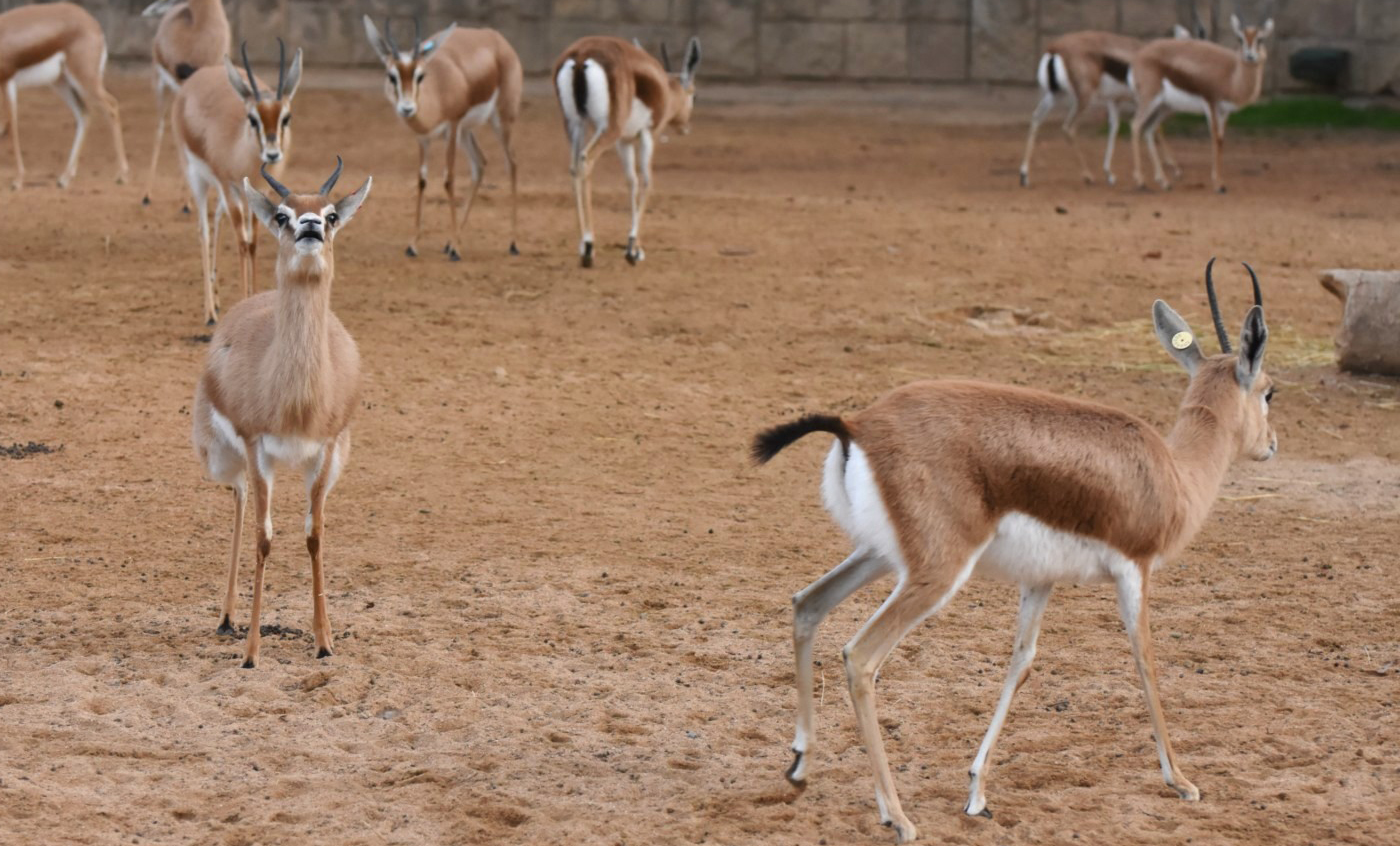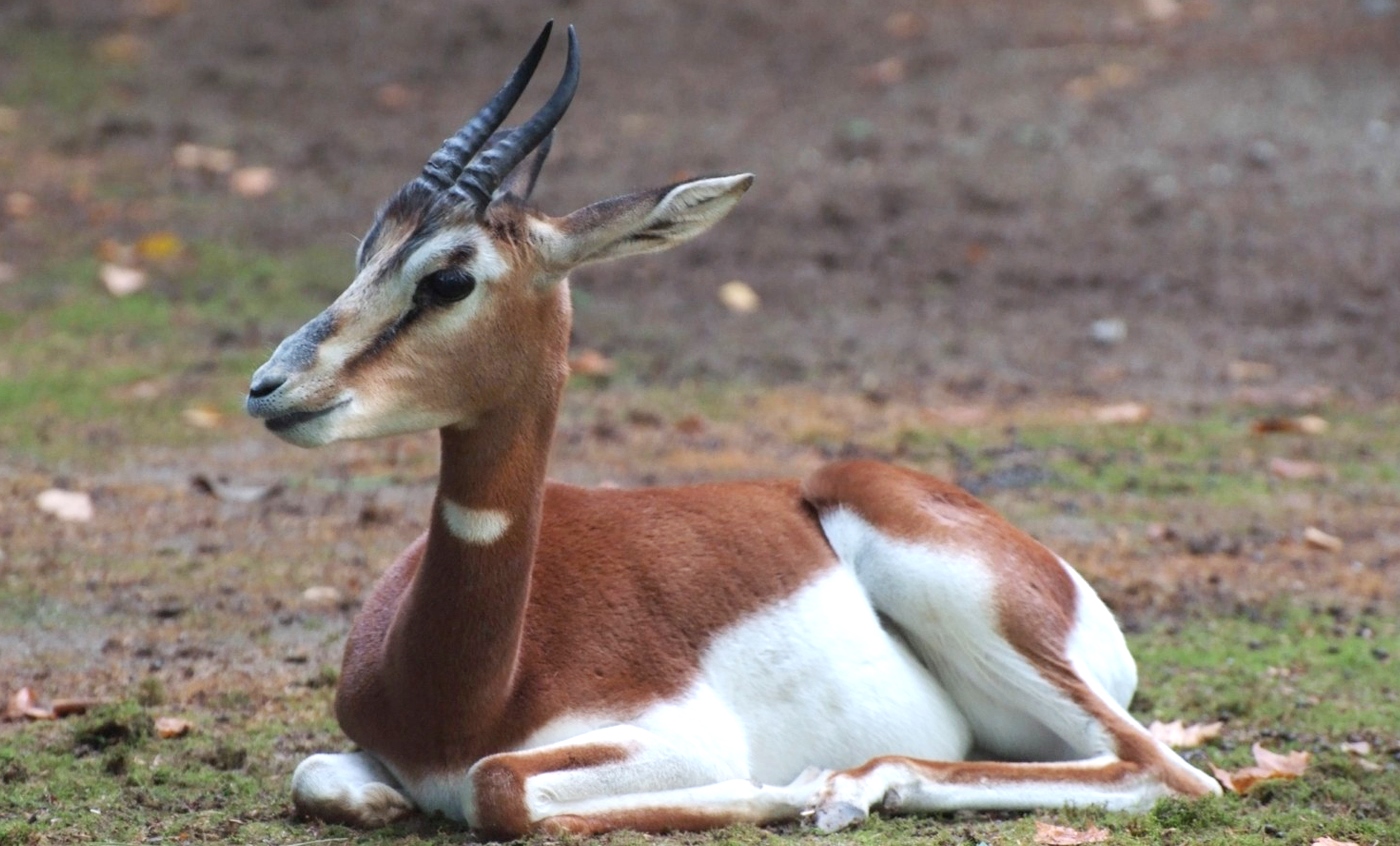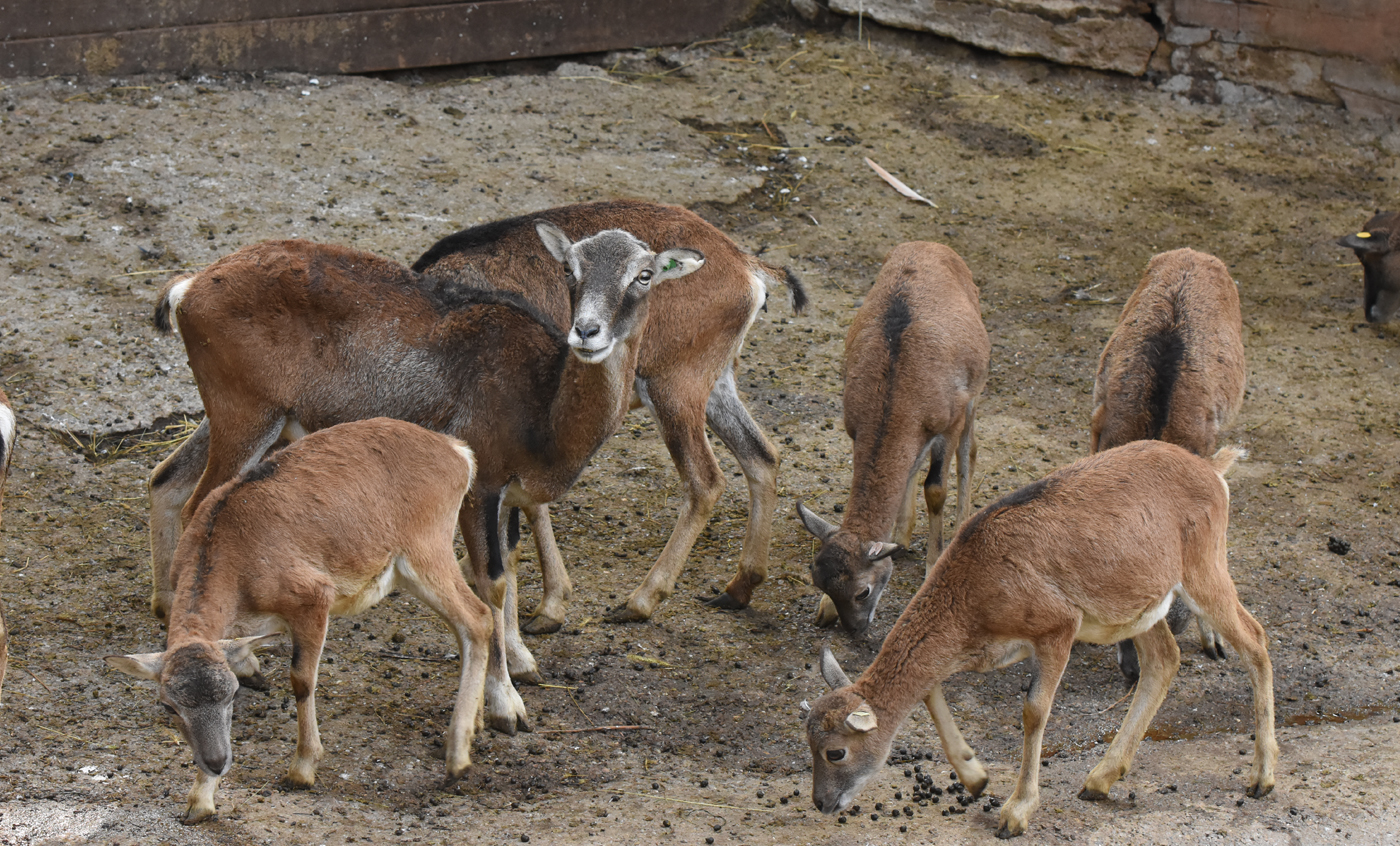Blue wildebeest
This large antelope, which can weigh more than 250 kg, lives on the savannas and open bushy areas in central and southern Africa, from the Republic of South Africa to Kenya and Tanzania.
It is usually found in large groups, especially during the seasonal migration made every year in search of water and fresh grass. It can cover distances of over 1500 km. during migration and form herds of hundreds of thousands of individuals.
Natural habit
Angola, Botswana, Kenya, Mozambique, Namibia, South Africa, Swaziland, Tanzania, Zambia and Zimbabwe.
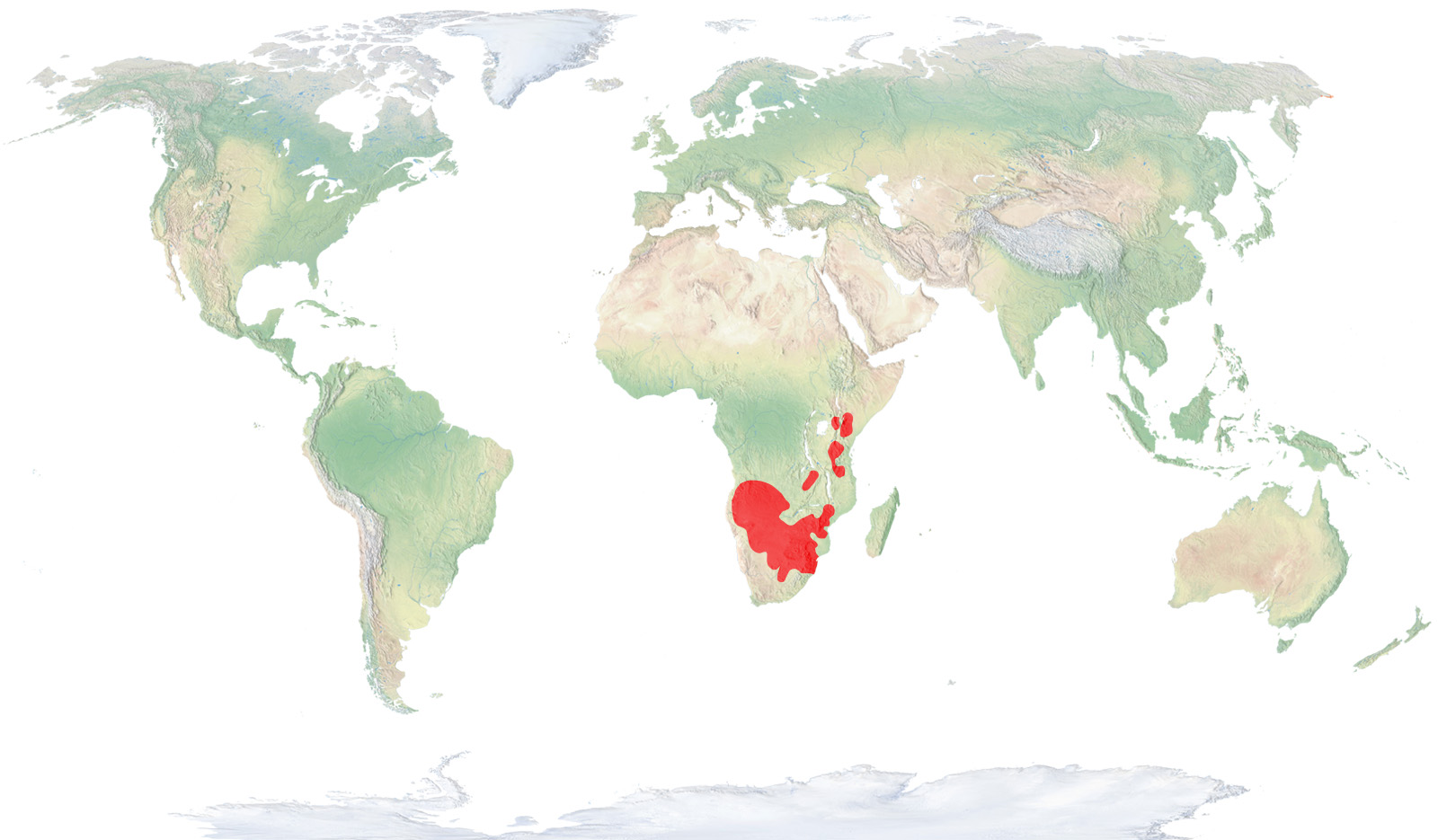
- Distribution / Resident
- Breeding
- Wintering
- Subspecies
Risk level
- Extint
- Extint in the wild
- Critically endangered
- In Danger
- Vulnerable
- Near threatened
- Minor concern
- Insufficient data
- Not evaluated
Taxonomy
Physical characteristics
Biology
Reproduction
Biology
The quirky aspect of this large antelope is caused by the disproportion between the rump, with a thin constitution, and the forequarters, which are much more robust.
Its bluish grey hue, which gives name to the species, is cut by darker vertical stripes in the ribcage. Some hairs hang from its throat and on its neck and shoulders it has a long black mane. Both sexes have wide based horns, although in females they are smaller.
It is a typical inhabitant of savannahs, and lives in areas such as shrublands, floodplains without trees or plains with open acacia forests.
The blue wildebeest is strictly herbivore and feeds either during the day and at night, if moonlight is bright enough. Its diet consists of rapid-growing grass from savannahs and plains, but they can also eat tender leaves from trees and bushes.
Oestrus, which takes place at the beginning of the migration, involves a male territorial behaviour, that defend an area around them, where copulation takes place. Gestation lasts for eight months and a single calf is born each time, that is able to raise and follow its mother a few minutes after birth.
Its behaviour is remarkably gregarious, and generally forms large herds, sometimes with tens of thousands animals, mostly especially during seasonal migrations. In these migrations, subject to water and grass availability, they can travel for more than 1,500 km, often moving in never-ending straight lines, that erode the ground and leave deep holes.
This species is heavily preyed by lions, cheetahs and African wild dogs, although adult males often fight back and, usually, change medium-sized carnivores’ minds.
It is a very abundant species, with a population of more than a 1.5 million, and it does not seem to be affected by growing human population and their infrastructures, in some zones of its wide distribution area.



